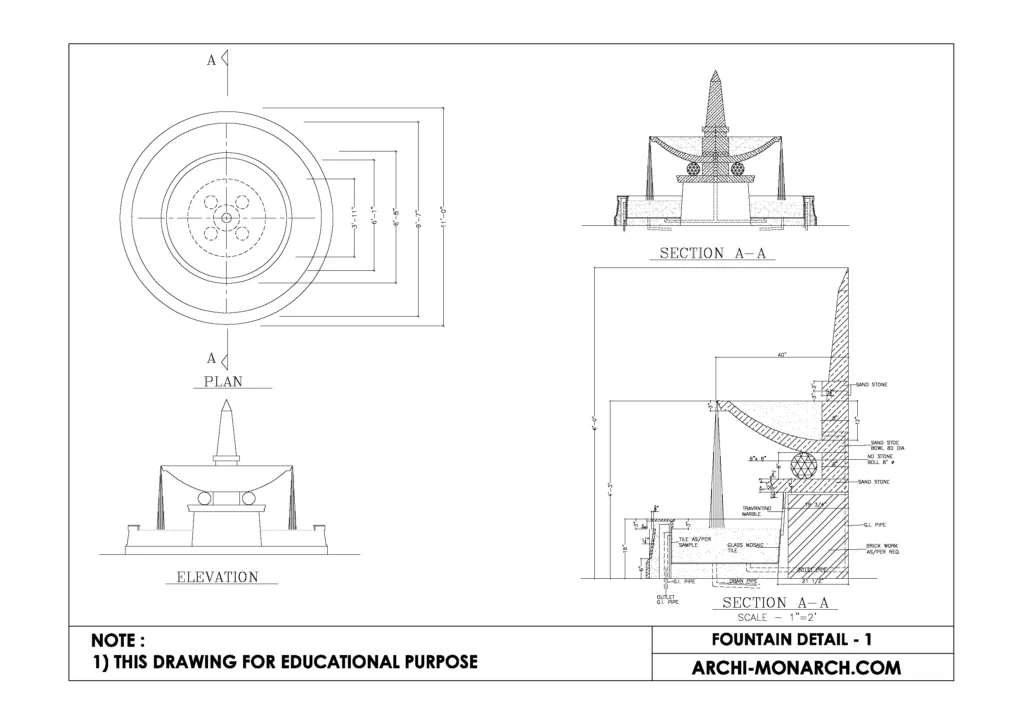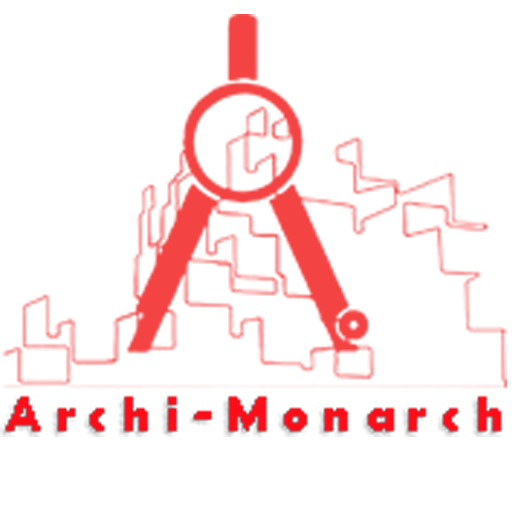Fountains in architecture can serve both functional and aesthetic purposes. Functionally, they can provide a source of water for irrigation or as a decorative element in a landscape.
Aesthetically, fountains can be used to add visual interest to a building or space, and can also serve as a focal point in a garden or public square.
Fountains can be made of a variety of materials, such as stone, metal, or glass, and can take many different forms, from simple basins to elaborate sculptures.
Some notable examples of fountains design in architecture include the Trevi Fountain in Rome, the Fountain of Wealth in Singapore, and the Bellagio Fountain in Las Vegas.
If you want to know about the staircase detail or ramp detail or landscape detail, please click the link.
Image of fountains detail and downloadable (in DWG) link below

Fountains detail drawing – 1
A fountains detail drawing is a technical illustration that provides detailed information about the design, construction, and installation of a fountains. This type of drawing typically includes information such as the materials to be used, dimensions, plumbing and electrical connections, and any other relevant details.
The fountains detail drawing should include the following:
- Plan view: A top-down view of the fountain, showing its location and overall layout.
- Elevation view: A side view of the fountain, showing its height and details of the materials and design.
- Cross-section view: A cut-away view of the fountain, showing the internal structure and details of the plumbing and electrical systems.
- Details: Close-up drawings of specific parts of the fountain, such as the water jets, lighting fixtures, and controls.
- Dimensions: All measurements of the fountain, including the size of the basin, the height of the water jets, and the location of the plumbing and electrical connections.
- Materials: List of materials used in construction such as type of stone, metal, glass or any other material used.
The fountains detail drawing should be created by an experienced architect or designer and should be reviewed and approved by a licensed engineer before construction begins to ensure the safety and functionality of the fountain.
Our tips to help you improve your architectural fountain detailing.
